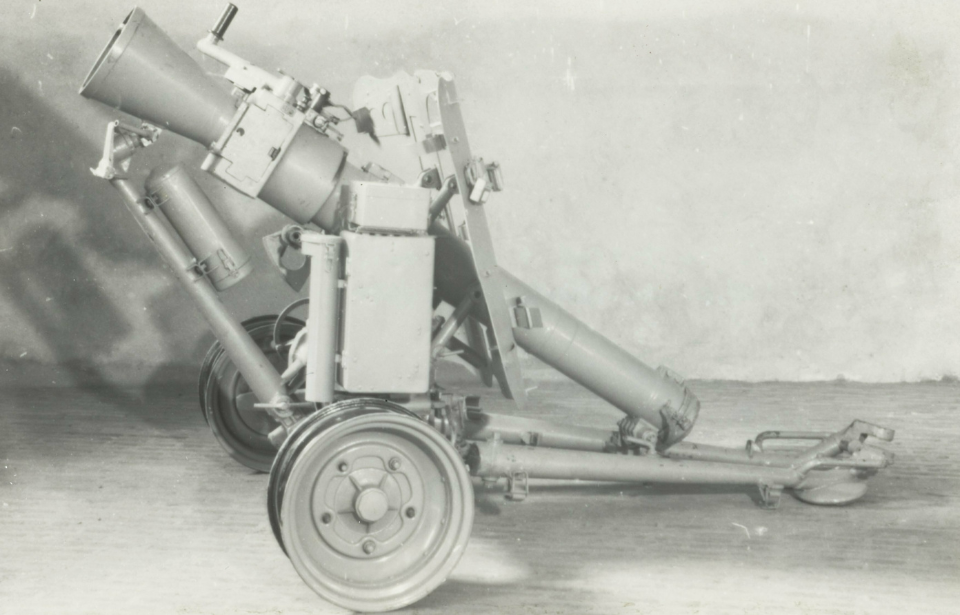The Leichtgeschütz 40 (LG 40) was a German recoilless gun that saw service during the Second World War. The Wehrmacht first used the weapon during the Battle of Crete, and it later saw service with the Gebirgsjäger in 1942 and extensive use by parachute units, both with the Luftwaffe and Waffen-SS, for the duration of the conflict.
Development of the Leichtgeschütz 40
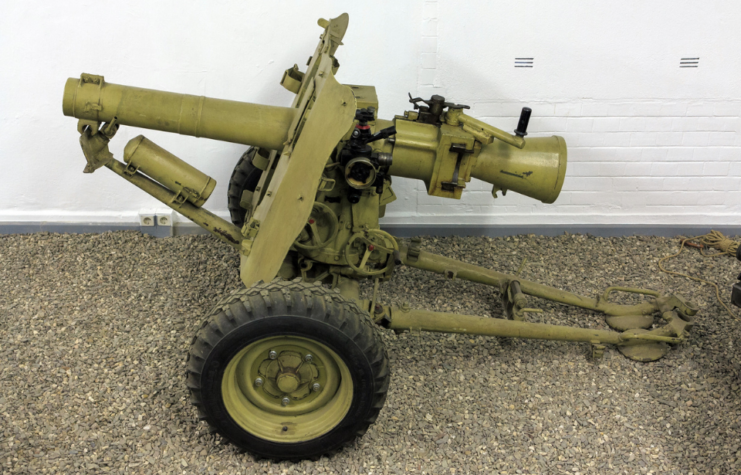
In the late 1930s, Rheinmetall and Krupp competed for contracts to produce recoilless guns for the Wehrmacht. The former won the opportunity to develop one that could be dropped from aircraft and used by parachute units. The result was the development of the LG 1, later redesignated the 7.5 cm Leichtgeschütz 40.
Between 1941-44, an estimated 450 LG 40s were produced.
7.5 cm Leichtgeschütz 40 specs
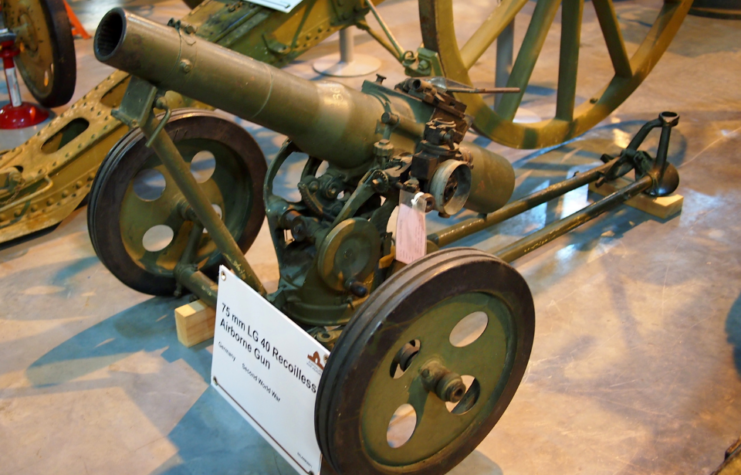
The Leichtgeschütz 40 was a heavy weapon at 319 pounds. Each shell added nearly 33 pounds. Despite its weight, the gun was small in size, but this didn’t stop it from packing quite a punch. The 7.5 cm LG 40 had a rate of fire of eight RPM and a muzzle velocity of 1,148 feet per second, with an effective firing range of 7,434 yards.
Unlike other recoilless guns, the LG 40 used ordinary shells with a special cartridge that allowed them to be fired. This was a practical decision. Using pre-existing shells saved time and money when it came to research and development, and allowed for stockpiles of these rounds to be used up, instead of producing more shells.
That being said, using ammunition that wasn’t developed specifically for the LG 40 meant the rounds didn’t help in its recoilless characteristics and necessitated special cartridges.
7.5 cm Leichtgeschütz 40’s World War II service
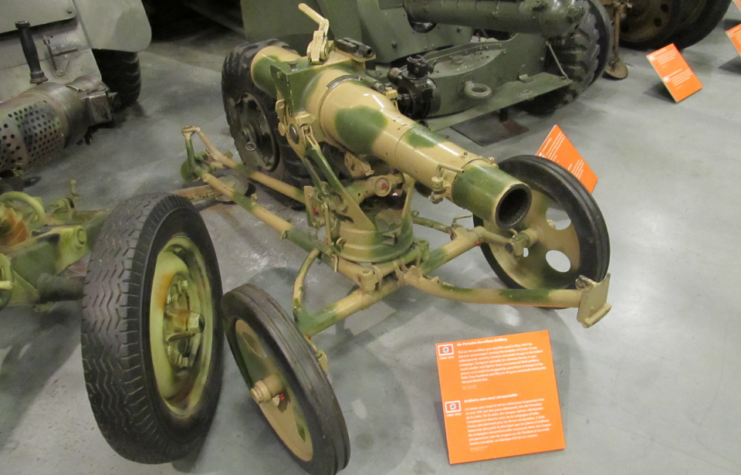
The Leichtgeschütz 40 first saw combat during the Battle of Crete with the 2. Batterie/Fallschirmjäger-Artillerie-Abteilung. In the second half of 1942, the gun was equipped by the Gebirgsjäger during fighting in the Caucasus, and it also saw service with both Luftwaffe and Waffen-SS units for the remainder of the Second World War.
The more the 7.5 cm LG 40 was used in the field, the more its design flaws became evident. The first was that gas would escape upon firing, fouling the breech mechanism. A complete redesign was needed to rectify this, but that was too much of a hassle.
The second problem was the shaking apart of the weapon’s mount after roughly 300 rounds were fired. This was caused by the torque of the shell engaging the LG 40’s rifling. This issue was counteracted by welding vanes inside the nozzles in the opposite direction of the rifling.
10.5 cm Leichtgeschütz 40
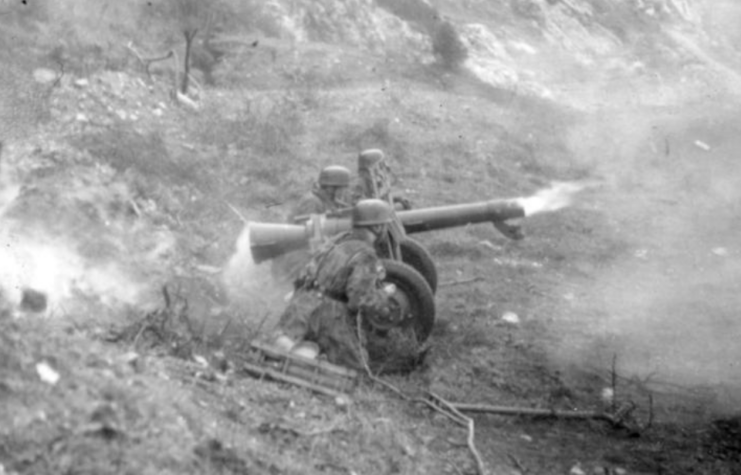
Following the success of the 7.5 cm Leichtgeschütz 40 during the Battle of Crete, both Rheinmetall and Krupp developed larger caliber recoilless guns, with Krupp’s design entering service first. This larger weapon featured the same overall design as the manufacturer’s failed competitor to Rheinmetall’s LG 40, with the addition of torque vanes, which ensured its nozzles didn’t get clogged.
The 10.5 cm LG 40 was certainly larger than its 7.5 cm counterpart, weighing 855 pounds and stretching over six feet. It fired the same shells as the 10.5 cm leFH 18, which allowed for current stockpiles to be used, saving money and precious materials. It had a muzzle velocity of 1,099 feet per second and an effective firing range of 8,695 yards.
More from us: M20 Recoilless Rifle: While Not Effective Against Tanks, It Obliterated Enemy Pillboxes
Various artillery batteries used the 10.5 cm LG 40 in the latter stages of World War II. The 20th Mountain Army equipped it in the Arctic, while the Army Group Center used it in central Russia. When deployed, the gun could be broken down into five parts or air-dropped as a single unit in a shock-absorbing crate.
